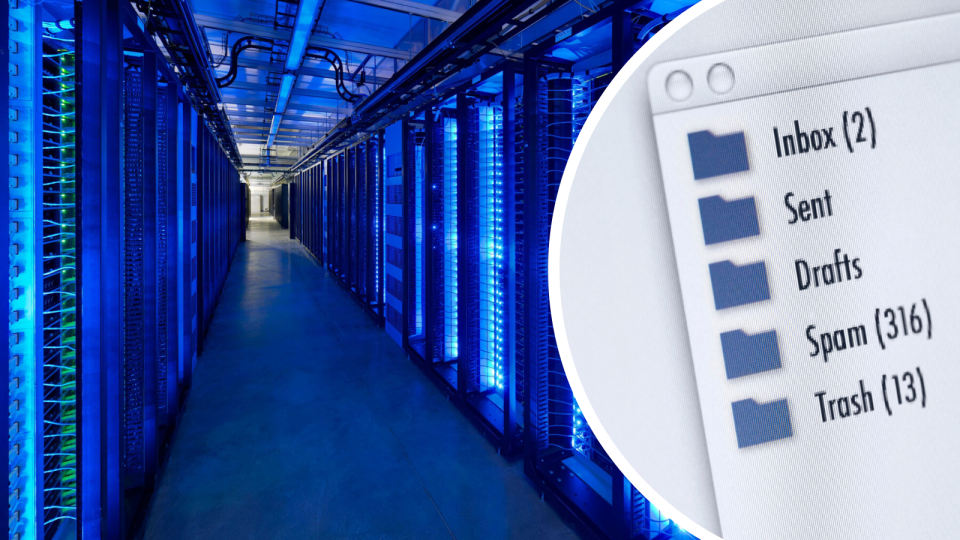Here’s how your clogged inbox is contributing to global warming

Of the myriad things that contribute to global warming and climate change, you can add another one to your list: your inbox.
More specifically, the storage of data in general – and the exorbitant rate at which we’re producing new data – that is the problem.
Chances are, you’ve got at least one email address you currently use – and half a dozen old ones stretching back from decades ago that you’re too embarrassed to tell your friends about.
Related story: ‘Total crock’: The career motto Apple’s Tim Cook hates
Related story: Fake Scott Morrison emails used to scam Australians
But all those inboxes contain data, and that data has to be stored somewhere; and the servers that store your data use up energy.
At current levels, data centres consume 2 per cent of the world’s electricity, but this figure is expected to quadruple to 8 per cent in 10 years’ time. According to Hewlett Packard Enterprise, we’re only using 6 per cent of all data ever created, meaning 94 percent is sitting in ‘cyber landfill’, which some experts have likened to the equivalent of maintaining an airline industry that isn’t even in use.
Data centres use energy to retain your data and when you use it in some way, said Hewlett Packard Labs chief architect Kirk Bresniker. “If I want to actually do something with my data, I have to warm it up and move it through the data center,” he told Bloomberg.
And when you empty the trash folder of your inbox, there’s a high chance that multiple copies of your old emails have been stored on servers around the world.
IBM estimates that the world produces 2.5 quintillion bytes of data a day. One quintillion is a 1 followed by 18 zeroes: it’s a billion billion, or a million trillion. All that data, which we’re producing daily, is getting stored somewhere, sucking up energy.
According to sustainable investment firm Mirova CEO Philippe Zaouati, emissions are getting “increasingly out of control” in this sector.
“We need to decrease carbon emissions, and what we see in the IT sector is increasing emissions.”
How can we reduce emissions from data?
While there’s not much we can personally do to
Companies can reduce the number of servers they use by consolidating underutilised servers, according to a report by DXC.technology.
“By some estimates, 30 percent of corporate servers are “zombies” that do no useful work but still consume power,” the report said. “And most companies are running their servers at only 10 percent to 15 percent utilisation.” Optimising airflow can also help.
According to a IBM report Data centers: How to cut carbon emissions and costs, energy-efficient data centres would be the best way to cut down on costs and reduce carbon footprint, as well as improving the low efficiency of data centres that already exist.
Better management of assets, greater accountability, setting clear goals for reducing energy costs and emissions can help companies halve their data centre’s greenhouse emissions, the report said.
Additional reporting by Bloomberg.
Make your money work with Yahoo Finance’s daily newsletter. Sign up here and stay on top of the latest money, news and tech news.

 Yahoo Finance
Yahoo Finance 
